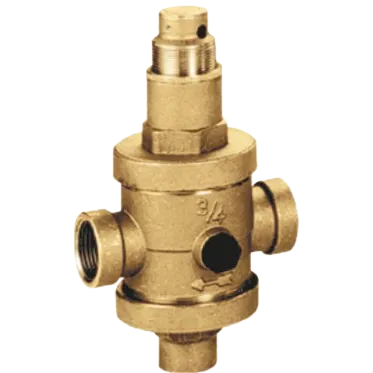Pressure Reducers

Pressure Reducers
A pressure reducer is a device used to reduce the pressure of a high-pressure fluid to a level suitable for use in a low-pressure system. These devices reduce the pressure of the fluid to the desired level and maintain it at a constant level.
Pressure reducers are typically used in systems where gas and liquid fluids need to be controlled. For example, they are used for gases such as natural gas, propane, and air gas. They are also used in water networks, industrial facilities, power plants, petrochemical plants, and many other applications.
Pressure reducers contain valves or regulators that are used to reduce pressure as the fluid passes from a high-pressure source to a low-pressure point of use. These devices ensure that the system operates safely and stably by maintaining a specific pressure level. Pressure reducers typically include automatic regulating valves that can make precise adjustments in response to pressure changes.
The primary functions of pressure reducers are as follows:
Pressure reduction: By lowering the pressure of a high-pressure fluid to the desired level, it ensures safe use in a low-pressure system.
Maintaining pressure stability: Pressure reducers maintain the desired pressure level, ensuring stability in the fluid’s pressure and preventing sudden pressure changes.
Controlling flow rate: Pressure reducers control the flow rate by maintaining the fluid’s speed at the desired level, ensuring that the fluid is distributed appropriately throughout the system’s other components.
Ensuring safety: Pressure reducers maintain the pressure level in the system within safe limits, providing protection against excessive pressure and ensuring the safe operation of the system.
Pressure reducers are available in various sizes and designs and should be selected based on the application and type of fluid. Proper selection of a pressure reducer is crucial for ensuring system performance and safety and should be performed by an engineer or specialist.
